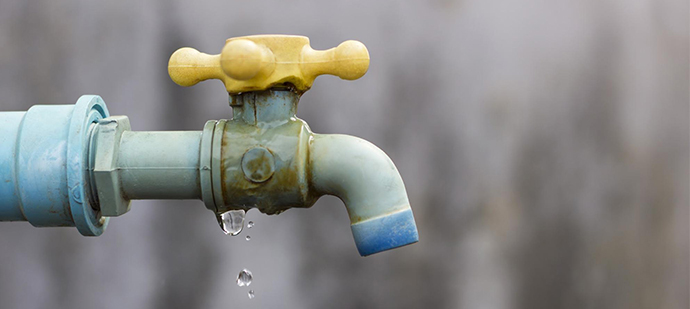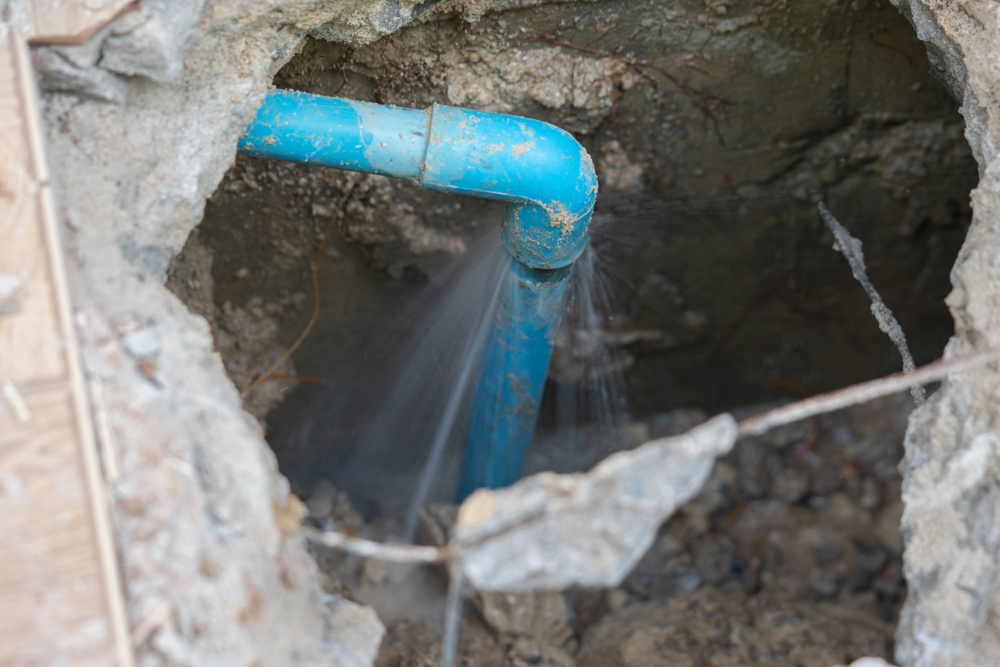Just how to Examine If Your House Has a Covert Leak
Just how to Examine If Your House Has a Covert Leak
Blog Article
We've come across the article on Detecting hidden plumbing leaks listed below on the internet and believe it made sense to relate it with you on this site.

Early detection of leaking water lines can alleviate a potential catastrophe. Aside from conserving you money, it will decrease the worry as well as frustration. The moment you find a leakage, calling your plumber for repairs is the most effective solution. Some small water leaks may not be noticeable. Right here are some hacks that help if you can not find it with your naked eyes.
1. Check Out the Water Meter
Inspecting it is a surefire method that assists you uncover leakages. If it moves, that indicates a fast-moving leak. This suggests you might have a slow-moving leak that could also be underground.
2. Examine Water Consumption
Analyze your water expenses and track your water intake. As the one paying it, you must see if there are any kind of discrepancies. If you identify sudden changes, regardless of your intake being the same, it means that you have leaks in your plumbing system. Remember, your water bill should fall under the same range monthly. A sudden spike in your bill indicates a fast-moving leakage.
On the other hand, a consistent boost monthly, despite the exact same practices, shows you have a slow-moving leakage that's also slowly rising. Call a plumber to completely check your home, especially if you really feel a warm location on your floor with piping below.
3. Do a Food Coloring Examination
When it comes to water consumption, 30% comes from commodes. If the color somehow infiltrates your dish during that time without flushing, there's a leak in between the tank and also bowl.
4. Asses Exterior Lines
Don't fail to remember to examine your exterior water lines also. Should water seep out of the connection, you have a loose rubber gasket. One tiny leakage can throw away lots of water as well as increase your water expense.
5. Evaluate the circumstance and examine
House owners must make it a routine to examine under the sink counters and also also inside cupboards for any type of bad odor or mold growth. These two red flags indicate a leak so punctual focus is called for. Doing regular assessments, also bi-annually, can save you from a major problem.
Inspect for discolorations as well as compromising as the majority of pipelines and home appliances have a life span. If you suspect leaking water lines in your plumbing system, do not wait for it to escalate.
Early discovery of leaking water lines can alleviate a potential catastrophe. Some little water leaks might not be visible. Checking it is a guaranteed method that aids you uncover leakages. One little leak can waste lots of water and surge your water expense.
If you suspect dripping water lines in your plumbing system, do not wait for it to rise.
WARNING SIGNS OF WATER LEAKAGE BEHIND THE WALL
PERSISTENT MUSTY ODORS
As water slowly drips from a leaky pipe inside the wall, flooring and sheetrock stay damp and develop an odor similar to wet cardboard. It generates a musty smell that can help you find hidden leaks.
MOLD IN UNUSUAL AREAS
Mold usually grows in wet areas like kitchens, baths and laundry rooms. If you spot the stuff on walls or baseboards in other rooms of the house, it’s a good indicator of undetected water leaks.
STAINS THAT GROW
When mold thrives around a leaky pipe, it sometimes takes hold on the inside surface of the affected wall. A growing stain on otherwise clean sheetrock is often your sign of a hidden plumbing problem.
PEELING OR BUBBLING WALLPAPER / PAINT
This clue is easy to miss in rooms that don’t get much use. When you see wallpaper separating along seams or paint bubbling or flaking off the wall, blame sheetrock that stays wet because of an undetected leak.
BUCKLED CEILINGS AND STAINED FLOORS
If ceilings or floors in bathrooms, kitchens or laundry areas develop structural problems, don’t rule out constant damp inside the walls. Wet sheetrock can affect adjacent framing, flooring and ceilings.
https://www.servicemasterbyzaba.com/blog/how-to-detect-water-leakage-in-walls/

We had been made aware of that editorial on Detecting hidden plumbing leaks through someone on another web page. I beg you take the time to distribute this blog post if you enjoyed reading it. Thanks so much for going through it.
Report this page